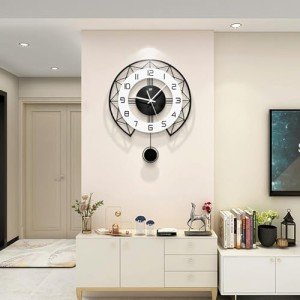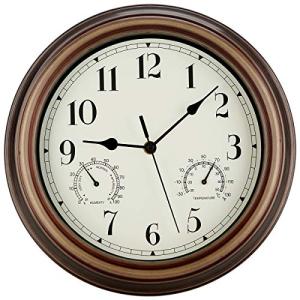The Resurgence of Retro Style in Australian Homes
In recent years, there has been a notable resurgence of retro style in Australian interior design and decor. This trend, rich with nostalgia, is not just about bringing back the aesthetics of past decades but also about reinterpreting them for modern living. From the vibrant colors of the '70s to the clean lines of mid-century modernism, retro elements are finding their way back into homes across the nation, blending with contemporary design to create spaces that are both timeless and trendy.
The Appeal of Retro Aesthetics
The appeal of retro design in Australia can be attributed to several factors. Firstly, there's a cultural nostalgia, a longing for the perceived simplicity and charm of past eras. Australians are embracing the bold patterns, rich colors, and distinctive furniture of the '60s, '70s, and '80s, finding comfort in the familiarity of these styles.
Secondly, sustainability plays a significant role. Retro design encourages the recycling and repurposing of furniture and decor items, aligning with the growing environmental consciousness among Australians. Vintage shops, thrift stores, and even online marketplaces have seen an uptick in demand for classic pieces, which not only adds character to homes but also reduces waste.
Design Elements Making a Comeback
-
Colors and Patterns: Retro interiors are known for their fearless use of color. Think avocado green, burnt orange, mustard yellow, and vibrant reds. Geometric patterns, floral designs, and psychedelic prints are making their way into wallpapers, upholstery, and soft furnishings. These elements are often used in moderation to keep the overall look from feeling dated, mixed with neutral tones for a balanced contemporary feel.
-
Furniture: Mid-century modern furniture, with its emphasis on clean lines, organic curves, and functionality, remains a staple. Iconic pieces like Eames chairs, Sputnik lamps, and teak credenzas have become not just furniture but statements of style. Additionally, there's a revival of '70s shag carpeting, bean bags, and modular sofas, offering both comfort and a nod to the past.
-
Lighting: Retro lighting, from lava lamps to the iconic Arco lamp, adds both functionality and flair. These pieces often serve as focal points, with their sculptural qualities and sometimes whimsical designs, like the globe lights or the mushroom lamps of the '70s.
-
Accessories: From record players to rotary phones as decor, accessories play a crucial role. Vintage posters, retro kitchenware, and even old TV sets transformed into aquariums or planters, bring personality and conversation to spaces.
Modern Integration
The trick to integrating retro style into modern Australian homes lies in balance. Designers and homeowners alike are keen on creating spaces that are livable and functional, not just showrooms of bygone eras. Here’s how:
-
Mixing Eras: Rather than a full-on retro commitment, many are choosing to mix elements from different periods. A mid-century coffee table might sit beside a modern sofa, or a '70s inspired wallpaper might adorn one wall in an otherwise contemporary room.
-
Color and Texture: Using retro colors as accents rather than full schemes keeps spaces feeling fresh. Textures, too, play a vital role; velvet or shag might be introduced through cushions or throws, providing warmth without overwhelming the space.
-
Sustainability and DIY: The DIY culture has boomed alongside retro design. Australians are not just buying vintage; they're repurposing items, painting old furniture, or upcycling finds from garage sales, adding a personal touch to their decor.
Cultural Impact and Future Trends
The retro revival in Australia also reflects a broader cultural shift towards valuing heritage and personal history in home decor. It speaks to a desire for authenticity in an increasingly synthetic world. Looking forward, the trend seems set to continue evolving, with more focus on unique, handcrafted items and a blend of global influences. Retro elements might well become more integrated into modern design principles, emphasizing sustainability and personal narrative.
In conclusion, the resurgence of retro style in Australian homes is more than a passing trend; it's a cultural movement that blends nostalgia with modern living, encouraging creativity, sustainability, and a deep appreciation for design history. As Australians continue to embrace this eclectic mix, homes become not just places to live but stories told through the love of the past and the innovation of the present.




